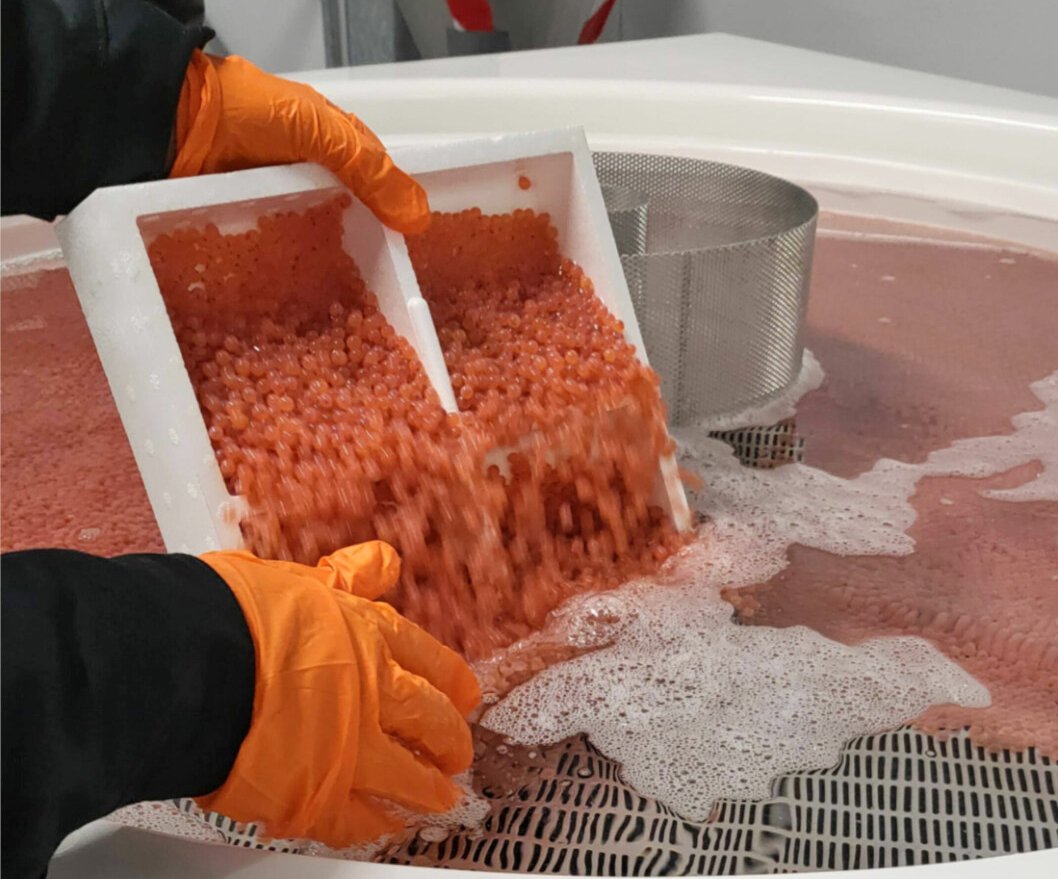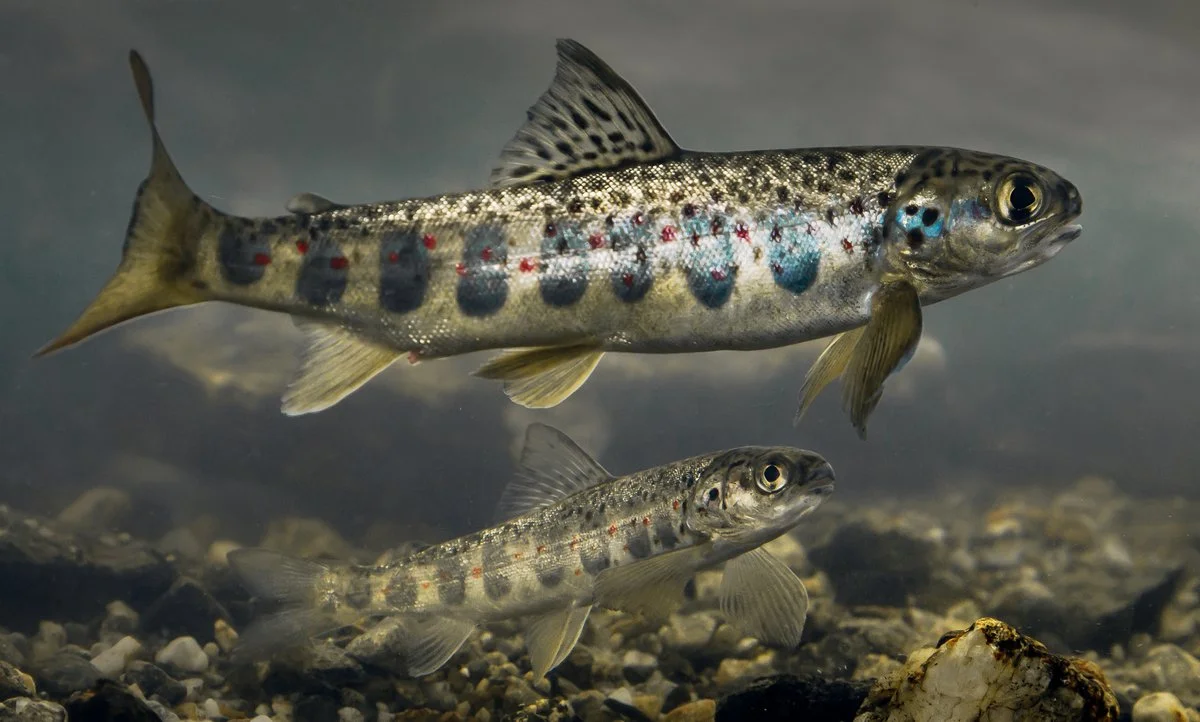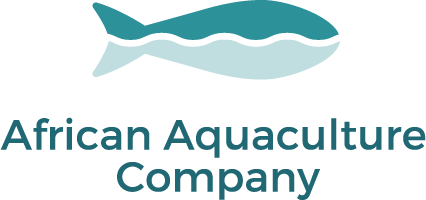Closed offshore facilities for more sustainable aquaculture.
New technology in sea-based fish farming ensures that closed cages at sea are both escape-proof, salmon lice-free and low in energy consumption.
The waste from the salmon can be collected and used as biofuel, or processed to recover phosphorus and protein.
A unique land-based farm design.
© Losna. Illustration by permission
By applying the newest technology in Flow Through-systems, the water flow in land-based operations is completely different from traditional land-based farming, RAS technology.
The need for energy is reduced to a minimum, and feed and fish waste are collected and used as fertilizers.
From sea to shipment in just 6–8 hours.
Transported live from the net cages in wellboats
Stunning and cooling
Bleeding
Quality control and cleaning
The fish is given its ‘salmon passport’
De-stress period in waiting pen
Cut the gills and throat
Gutting and filleting
Packing in a box with ice
Stacking and transport
Processing.
Once the salmon has bled out, it is gutted and sorted into size and quality – superior, ordinary or production. Then the salmon is packed or sent to filleting. The by-product is gathered and used for lower grade foods, such as animal feed, which reduces the environmental footprint.
The salmon life cycle.

Salmon start their life on land in an incubator tray. Just like wild salmon, the fertilisation takes place in fresh water. The roe are kept at a constant temperature for around 80 days before hatching. Established egg suppliers can scale their production to demand by obtaining more or less fish for breeding during the preceding season.

When the eggs hatch, the fry nourish themselves on the yolk sac on their stomachs. Once this has been consumed, they are fed with pellets, and as the fry grows they are moved to larger tubs.

After 10-16 months in freshwater, the salmon is ready to be placed into the sea. At this stage, each fish weighs between 80-120 grams, and it has gone through a great change known as smoltification. This change enables a salmon to live in saltwater.

After smoltification and reaching a certain size, we rear the salmon in aqua forms for 12-18 months. The farms are located in the sea with good water replacement, ensuring optimal living conditions. The salmon stays there until it has reached its market-ready weight of 2-5 kg.















